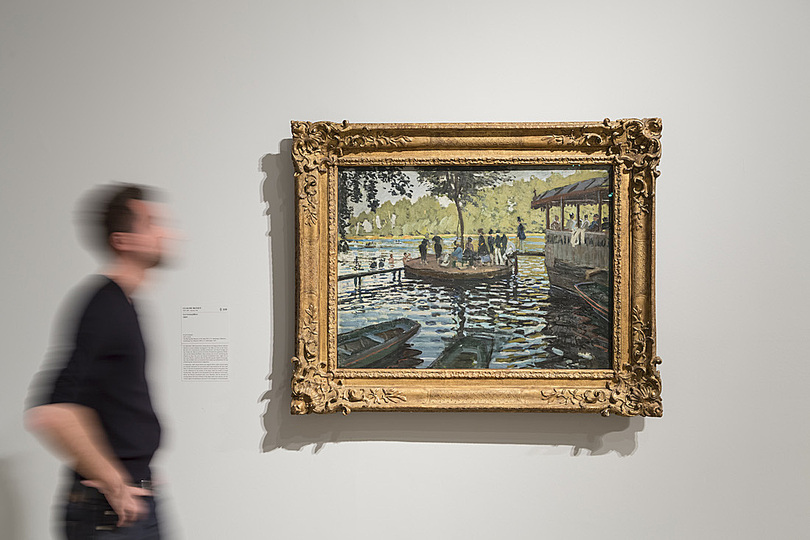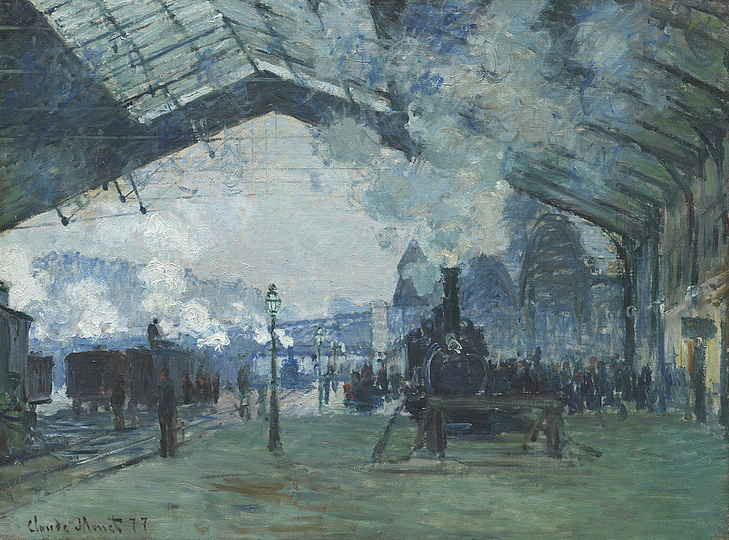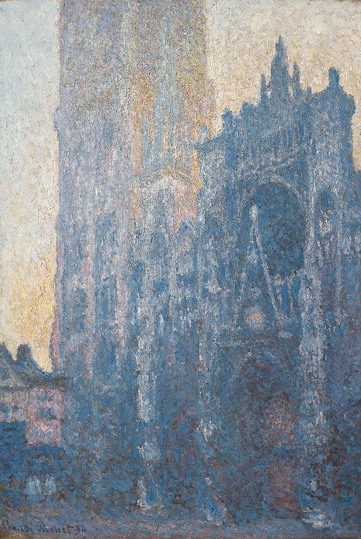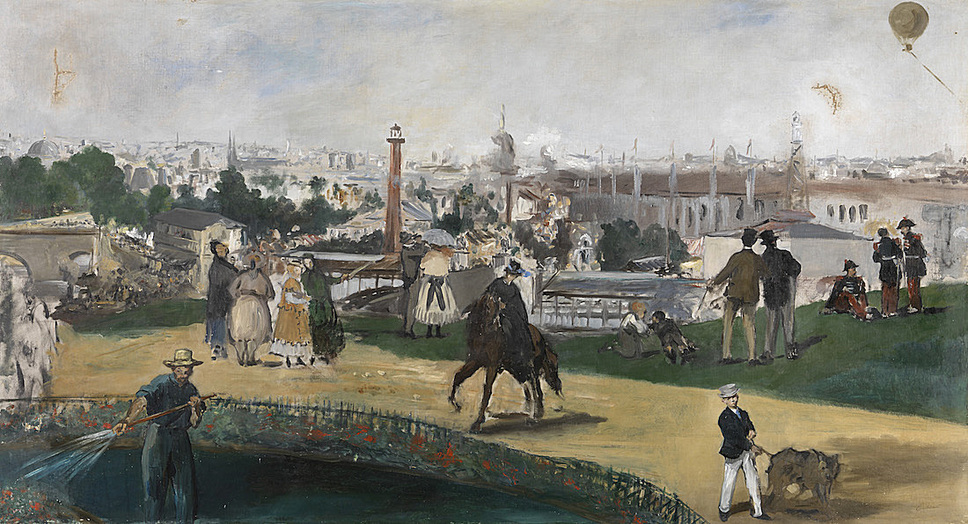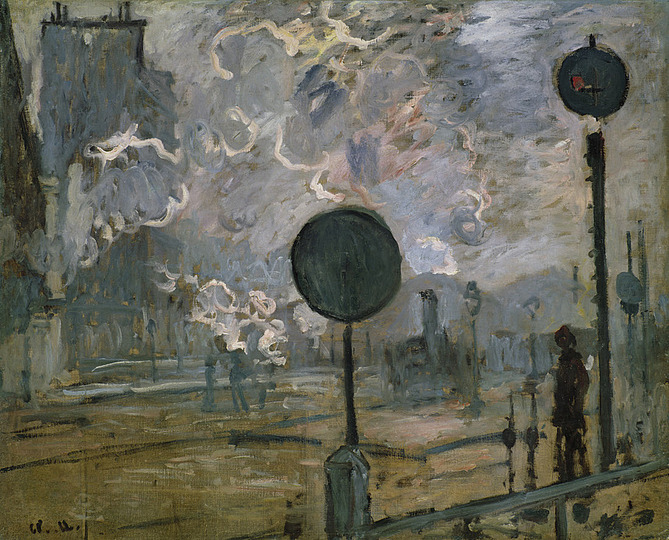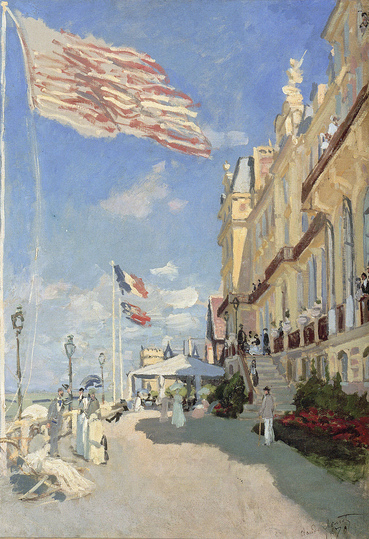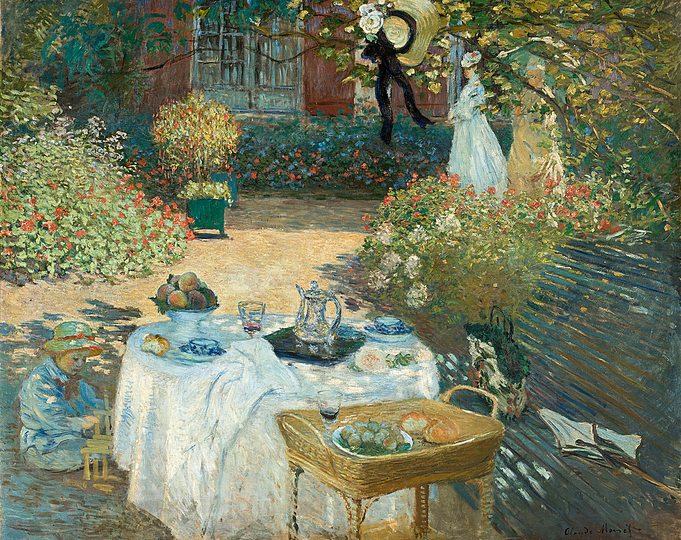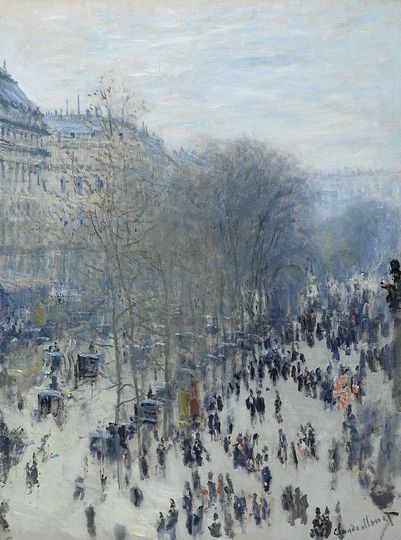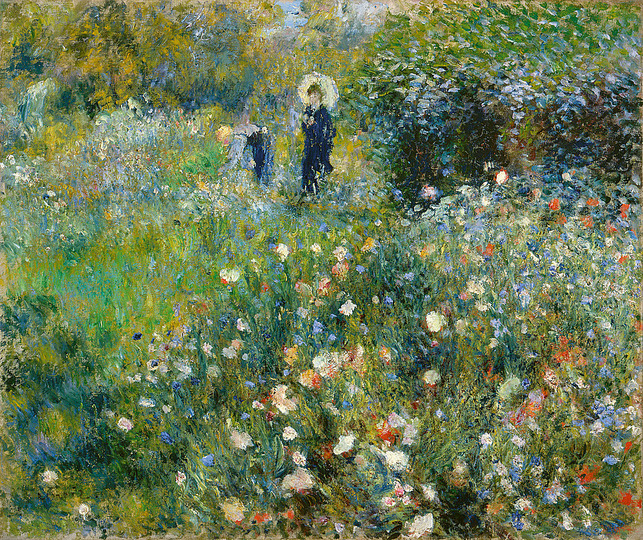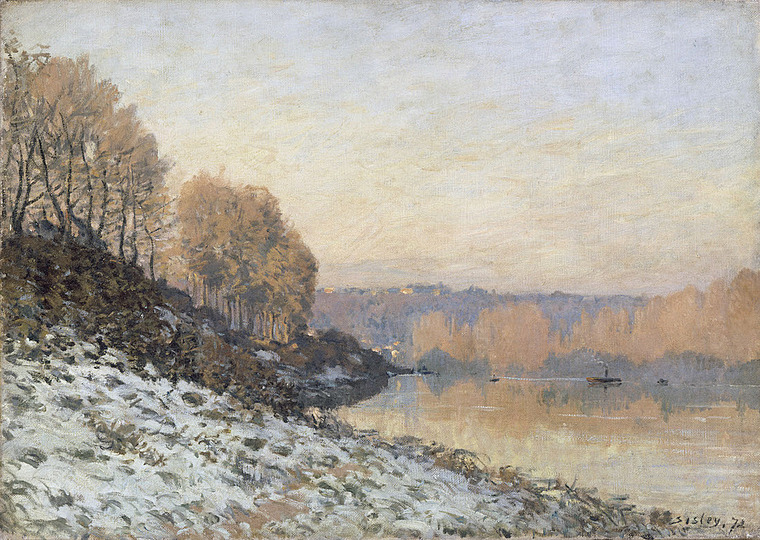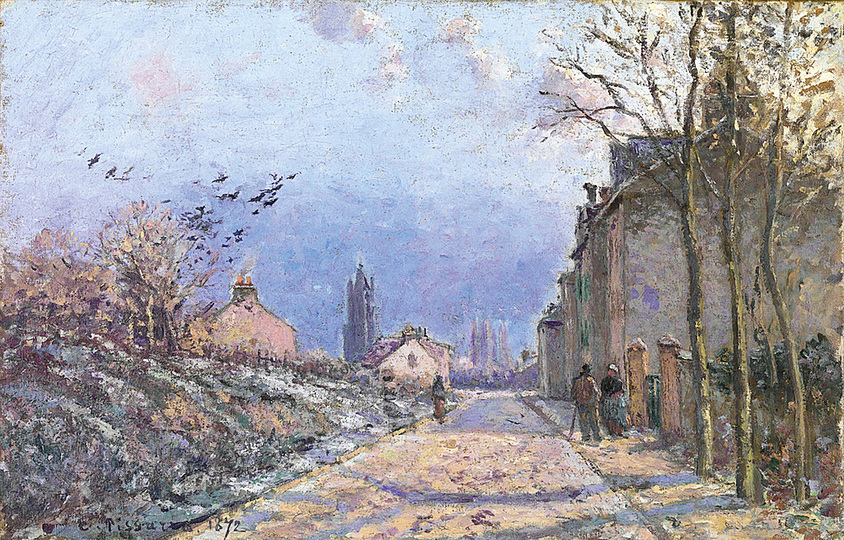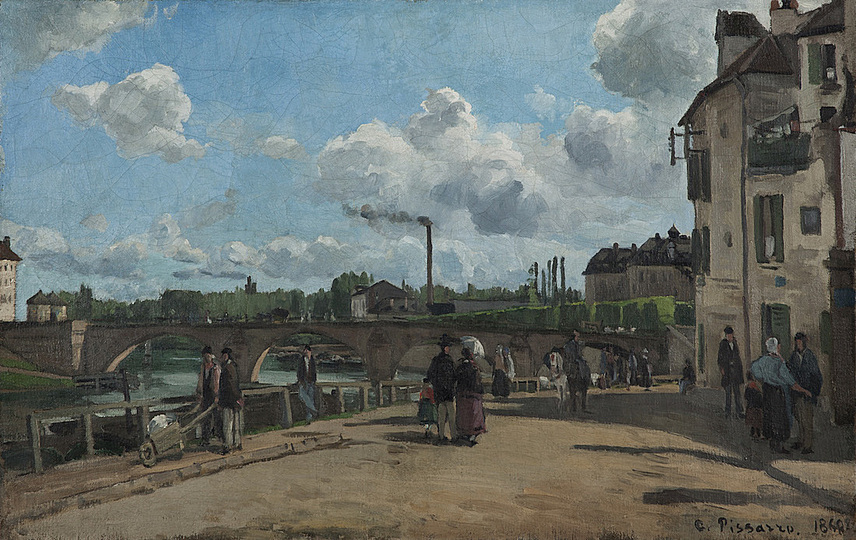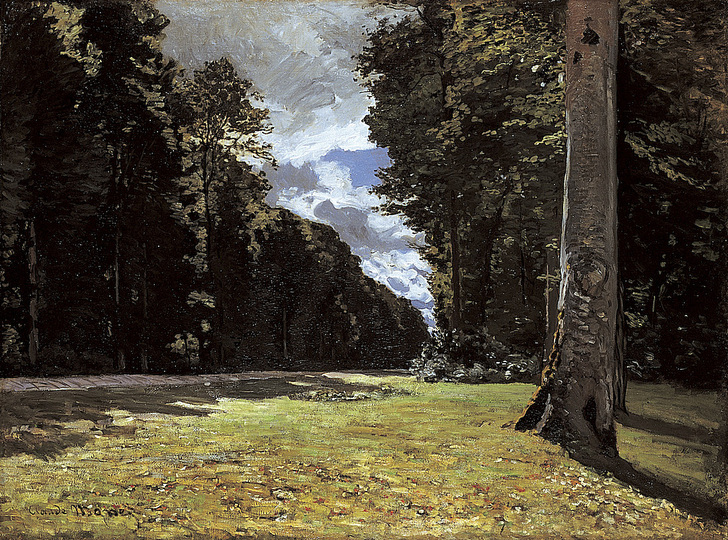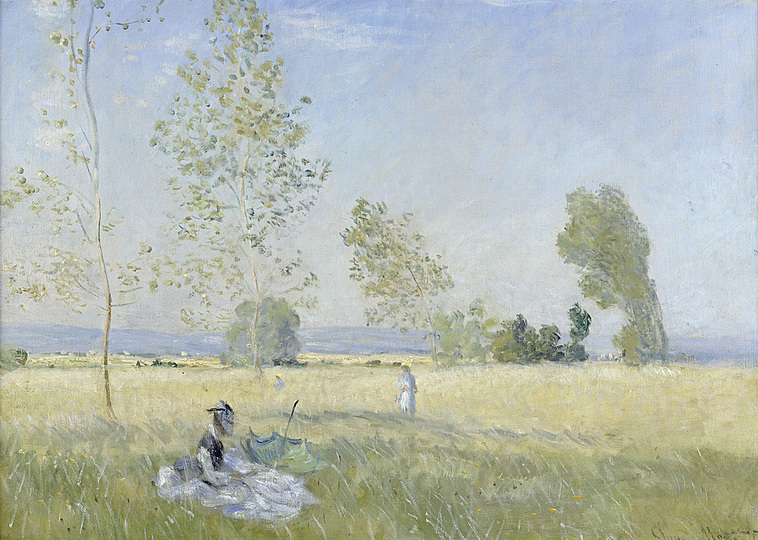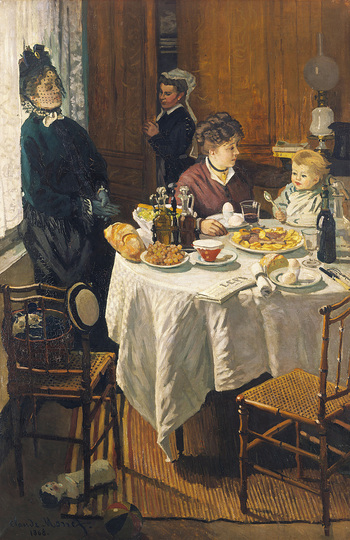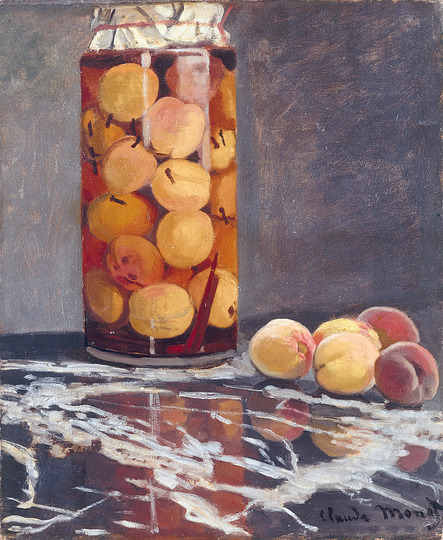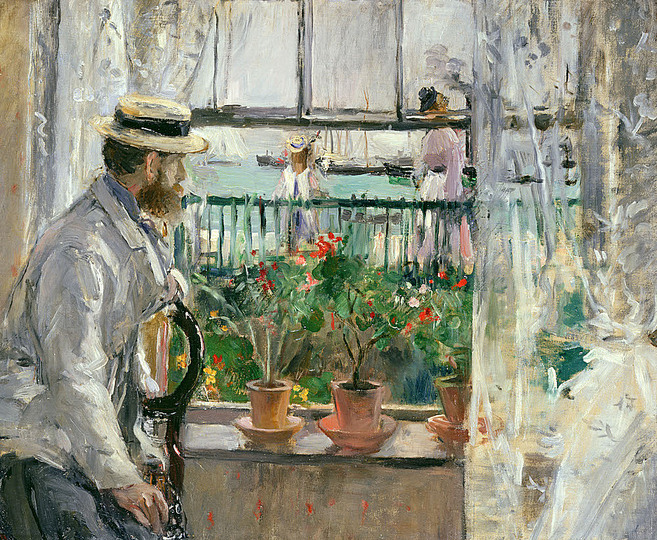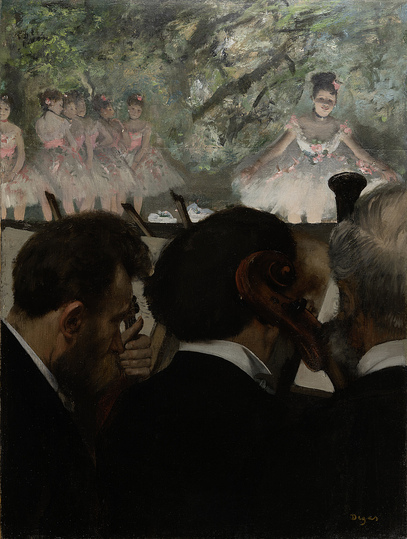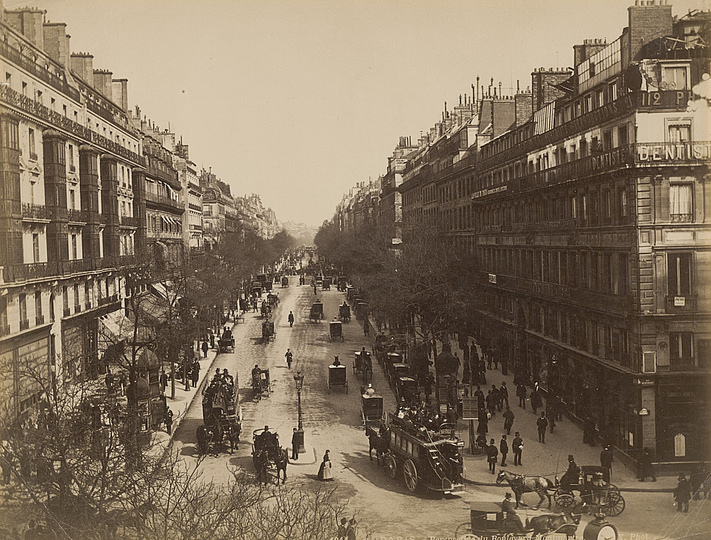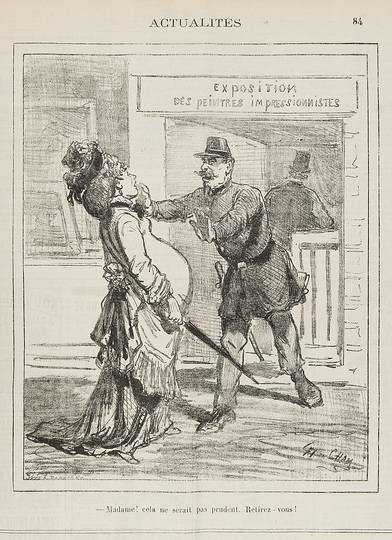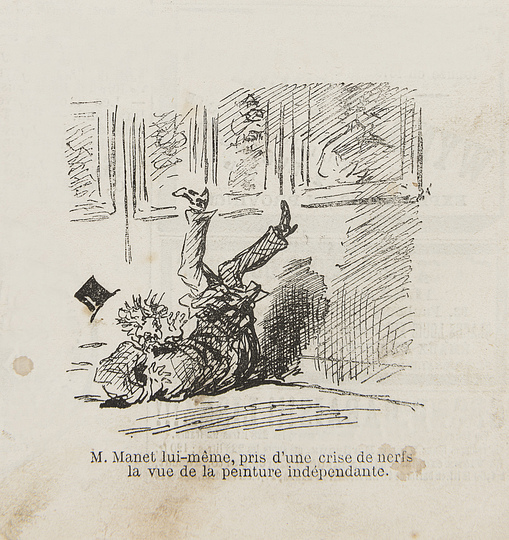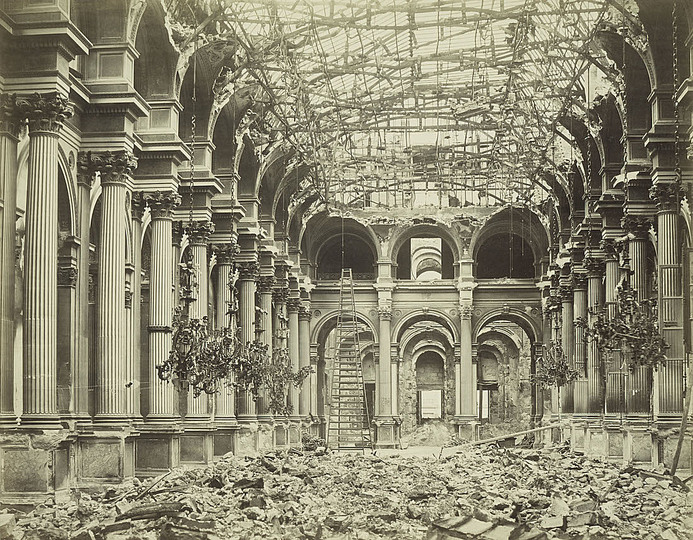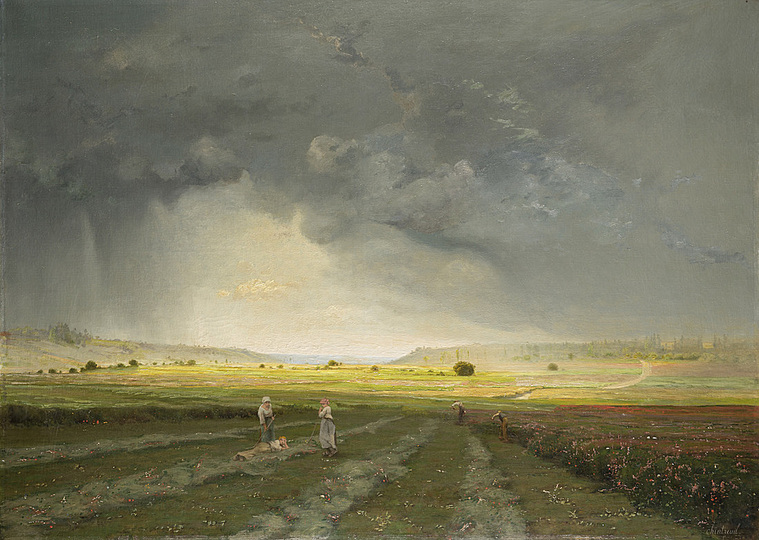Monet and the Birth of Impressionism
The nineteenth century was a time of upheavals. A wide variety of developments took place at the same time ‒ developments that also left their mark on the paintings of the Impressionists. Increasing industrialization brought about a change in the relationship between man and nature, work and leisure. Technical progress led to a general acceleration of life. The visual experience of the big city and the spread of new media such as photography had a decisive impact on the works of the artists of the period.
The main protagonist and continual point of reference is Claude Monet. Among the artists of his time, Monet played a pioneering role in the growing popularity of open-air painting. In his œuvre, the formal innovations of Impressionism ‒ the clearly recognizable brushstroke and the rapid, sketchy painting style ‒ are particularly prominent. Another phenomenon that applies to the art of the Impressionists in general: they increasingly abandoned large-scale figural compositions in favour of smaller landscape scenes.
Frankfurt’s Städel Museum is presenting a major exhibition on “Monet and the Birth of Impressionism” from 11 March to 21 June 2015. Images courtesy: Städel Museum, Frankfurt am Main.
The main protagonist and continual point of reference is Claude Monet. Among the artists of his time, Monet played a pioneering role in the growing popularity of open-air painting. In his œuvre, the formal innovations of Impressionism ‒ the clearly recognizable brushstroke and the rapid, sketchy painting style ‒ are particularly prominent. Another phenomenon that applies to the art of the Impressionists in general: they increasingly abandoned large-scale figural compositions in favour of smaller landscape scenes.
Frankfurt’s Städel Museum is presenting a major exhibition on “Monet and the Birth of Impressionism” from 11 March to 21 June 2015. Images courtesy: Städel Museum, Frankfurt am Main.
Magazines
